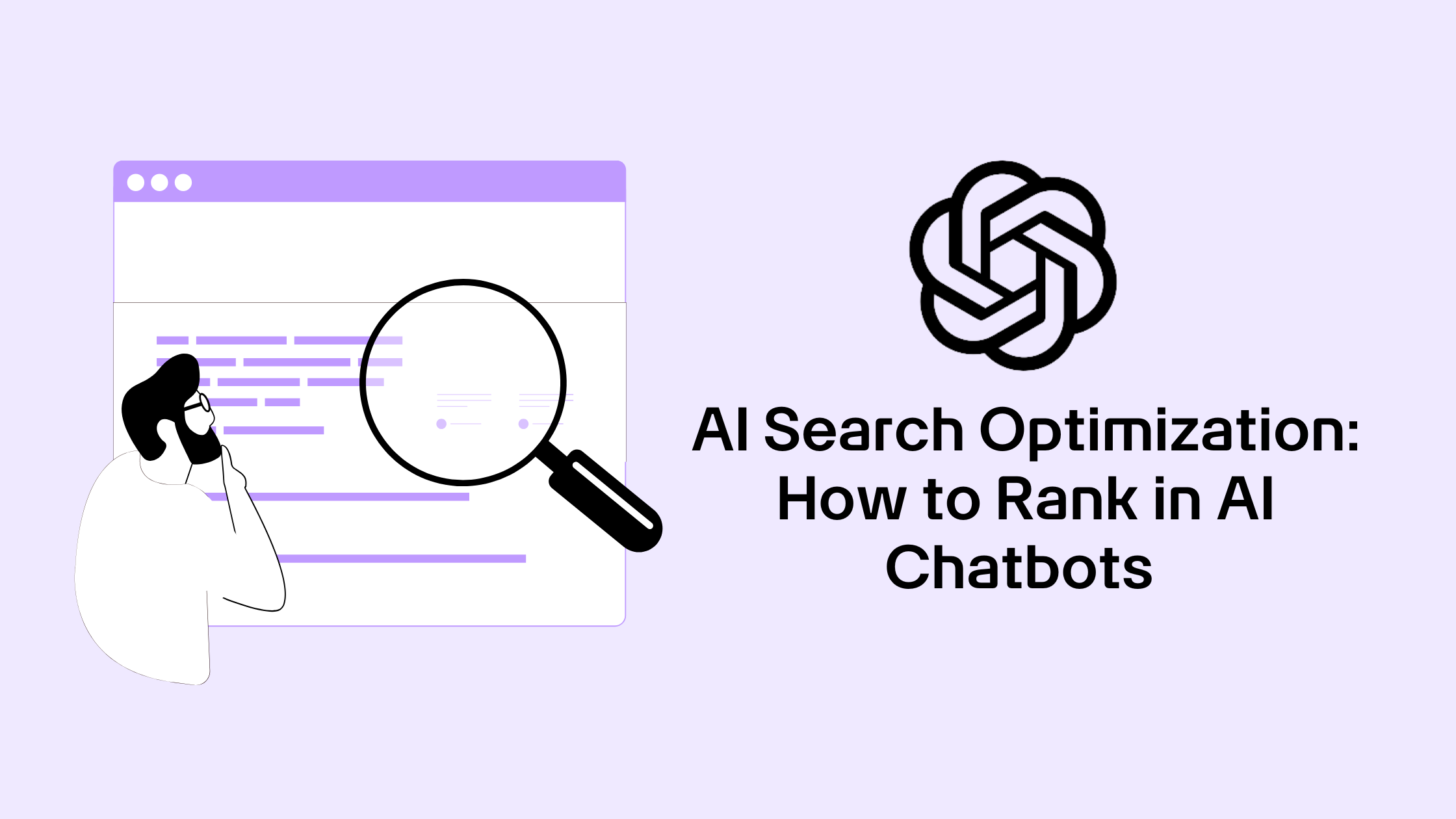In the future, who will you say drove your organisation’s digital transformation efforts?
- The CEO
- The CTO
- COVID-19
A recent survey found that nearly 50% of marketers reported their current marketing activity to be best described as “shifting tactics,” with 74% claiming their company has stopped or altered its marketing in response to the Coronavirus. Despite expectations, now is not the time to stop marketing.
Before COVID-19, changes to customer shopping preferences were already causing disruptions to retailers. With approximately 25% of the global ‘shopping’ population choosing to shop online for price or convenience there is no secret of the fact that the traditional brick and mortar-only model is incredibly outdated. As some retailers have refused to adapt, the worst cases resulting in administration, those that have taken an omnichannel approach have seen the most success.
Just as restaurants have pivoted their focus exclusively to take-away to comply with social distancing, businesses who continue to avoid digital transformation eventually became obsolete, no matter their share of the market. There is a reason we don’t talk about Blockbuster Video, Toy R Us or Kodak anymore. If anything, all COVID-19 has done is to accelerate and shine a spotlight on companies still failing at the innovation stage.
Are you the next digital casualty?
- Are you still relying solely on humans and opinions to build your strategies?
- Can you confidently draw insights from customer interactions across channels?
- Is expenditure at a sustainable level? If not, how are you working to reduce this?
Retailers estimated by Forbes to be most affected by the global pandemic include discount retailers, off-price stores and independent specialty retailers. We also find that a number of businesses we work with are failing to measure churn rate or the percentage of customers that have stopped using their products or service, a metric that is especially important in the current time.
Amazon is perhaps the best-known example of a successful customer-centric, digital transformation strategy in a modern context. From its origins in 1994 as a small mail-order bookstore to a multi-billion retail corporation, the secret to its underlying success has been through the implementation of disruptive technologies (such as machine automated order fulfillment and drone delivery), powered by insights gained from customer intelligence.
The solution lies in technology
Customers are the focus of your business. Therefore, any implemented technology solution should be able to offer credible behavioural insights at the bare minimum. For example, providing a hotel group with highlights in guest booking patterns to identify key segments that may benefit from additional consideration. This intelligence can be made available to all parts of the business, from back-end operation to front-facing customer service and sales.
If customer acquisition is the goal, the campaign must be able to optimise audience targeting in real-time. Less than 3% of e-commerce website visits on average convert into a purchase, hence your best bet is working on small wins in acquisition and remarketing. This is where robot process automation (RPA) provides an added advantage to traditional agency functions; executing data-driven optimisation around the clock, including keyword bid adjustments and split-testing hundreds of dynamic landing pages in seconds.
Aside from the value provided by customer intelligence, your digital tools should also be measuring metrics and KPIs specific to your businesses. Most organisations using single data sources from existing tracking can often be lacking in scalability, particularly when dealing with medium to large sets of information.
Getting started
The concept of a digital dinosaur primarily carries a negative connotation for a good reason. Digital transformation is no longer a buzzword and history has shown us how even the biggest and best can rely too easily on their past successes to combat new disruptions. If you aren’t already driving an internal culture of adaptation, look for a partner that can break down the barriers involved with the best in robotics.






